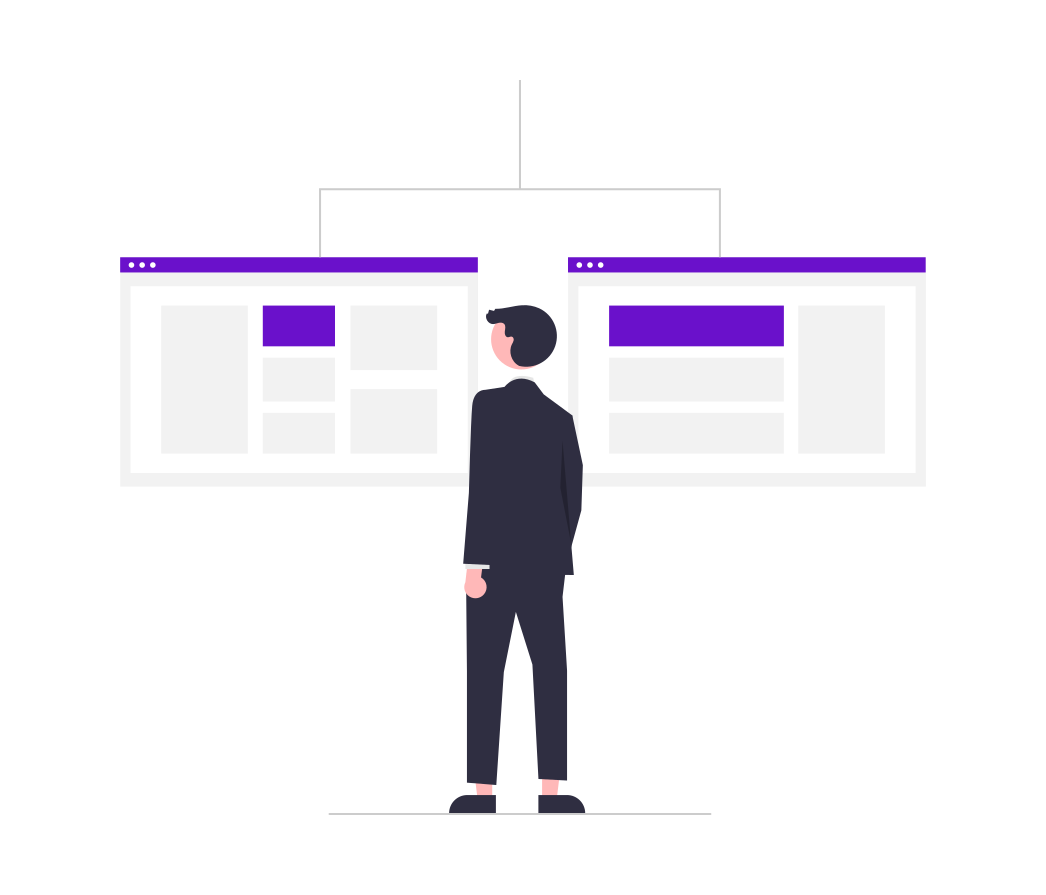In the dynamic world of digital marketing, understanding and leveraging the right tools for tracking and analytics is crucial. Two of the most popular methods for tracking user behavior and campaign performance are UTM (Urchin Tracking Module) tagging and pixel tracking. While both serve the purpose of providing valuable insights, they operate in distinct ways and have unique advantages. In this blog, we will explore the key differences between UTM tagging and pixel tracking, helping you make informed decisions about which to use for your marketing efforts.
Understanding UTM Tagging
UTM tagging involves adding specific parameters to the URLs of your marketing campaigns. These parameters, known as UTM codes, help track the source, medium, campaign, term, and content of the traffic that comes to your website. Here’s a breakdown of the main UTM parameters:
- Source: Identifies where the traffic is coming from (e.g., Google, Facebook).
- Medium: Specifies the marketing medium (e.g., email, social, CPC).
- Campaign: Names the specific campaign (e.g., summer_sale).
- Term: Used for paid search to identify keywords.
- Content: Differentiates similar content or links within the same ad.
UTM tags are appended to the URL and look something like this:
https://example.com?utm_source=google&utm_medium=cpc&utm_campaign=summer_sale&utm_term=beachwear&utm_content=ad1
Advantages of UTM Tagging
- Simplicity: Easy to create and implement without technical expertise.
- Granularity: Offers detailed insights into the performance of individual campaigns, sources, and mediums.
- Compatibility: Works seamlessly with most analytics platforms like Google Analytics.
- Non-intrusive: Does not require any changes to your website’s code.
Understanding Pixel Tracking
Pixel tracking, on the other hand, involves embedding a small, invisible image (pixel) or a piece of code on your website or within your emails. When a user visits a webpage or opens an email containing the pixel, it triggers an action that sends data back to the server.
Types of Pixels
- Conversion Pixels: Track specific actions like form submissions or purchases.
- Retargeting Pixels: Track visitors to retarget them with ads across different platforms.
- Analytics Pixels: Gather data on page views, sessions, and user behavior.
Advantages of Pixel Tracking
- Behavioral Insights: Provides detailed information about user behavior, including page visits, time spent on site, and interactions.
- Real-time Data: Allows for real-time tracking and adjustments.
- Retargeting Capabilities: Essential for creating retargeting campaigns and reaching users who have interacted with your site.
- Versatility: Can track a wide range of actions beyond just traffic sources, such as clicks, purchases, and form completions.
Key Differences Between UTM Tagging and Pixel Tracking
Method of Data Collection
- UTM Tagging: Collects data via URL parameters appended to the links used in your marketing campaigns. The data is primarily used for tracking the source and effectiveness of the traffic.
- Pixel Tracking: Uses embedded code or images to collect data on user behavior and interactions on your website or emails. It can track a broader range of actions beyond just the traffic source.
Implementation
- UTM Tagging: Simple to implement by adding parameters to URLs. It does not require any changes to the website’s backend or frontend code.
- Pixel Tracking: Requires embedding code snippets or images on your website or emails. This might require technical expertise and changes to the site’s codebase.
Data Granularity
- UTM Tagging: Provides detailed insights into the effectiveness of different campaigns, traffic sources, and mediums, but is limited to the data captured through URL parameters.
- Pixel Tracking: Offers comprehensive data on user behavior, including page views, clicks, and other interactions, making it suitable for detailed behavioral analysis and retargeting.
Use Cases
- UTM Tagging: Ideal for tracking the performance of marketing campaigns across different channels and understanding which sources are driving traffic.
- Pixel Tracking: Essential for gathering detailed behavioral data, retargeting users, and tracking conversions and other specific actions.
Conclusion
Both UTM tagging and pixel tracking are powerful tools in a marketer’s arsenal, each with its own set of strengths. UTM tagging is excellent for tracking the performance of marketing campaigns and understanding traffic sources, while pixel tracking provides deeper insights into user behavior and enables sophisticated retargeting strategies. By understanding the key differences between these two methods, you can better leverage them to optimize your marketing efforts and achieve your business goals.


